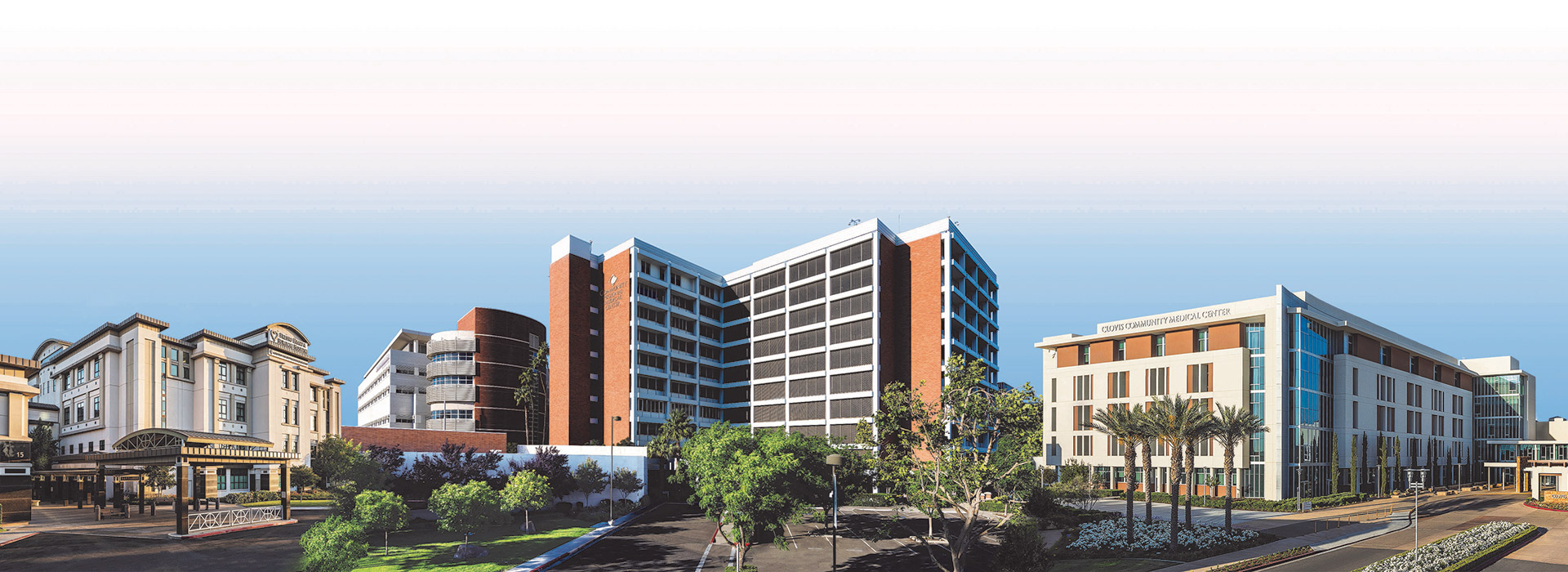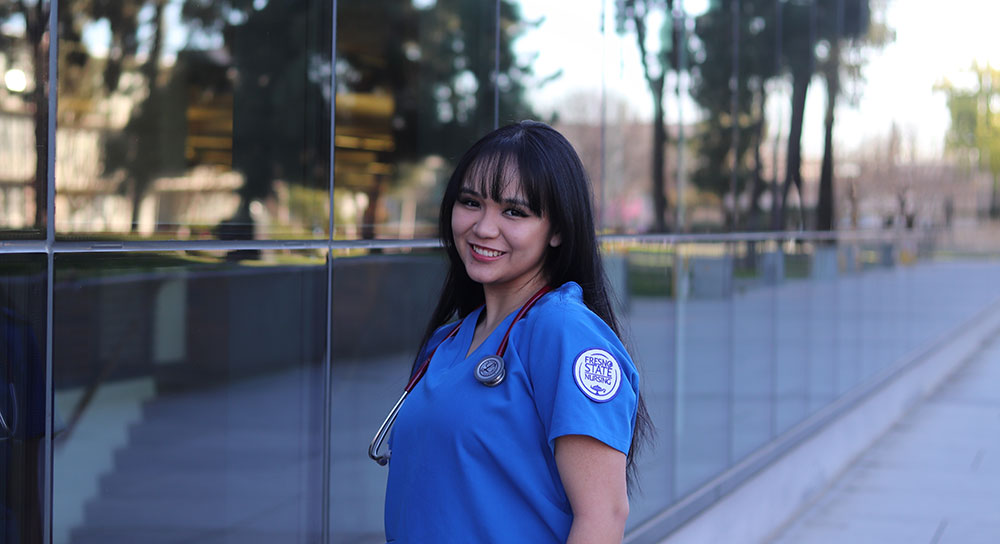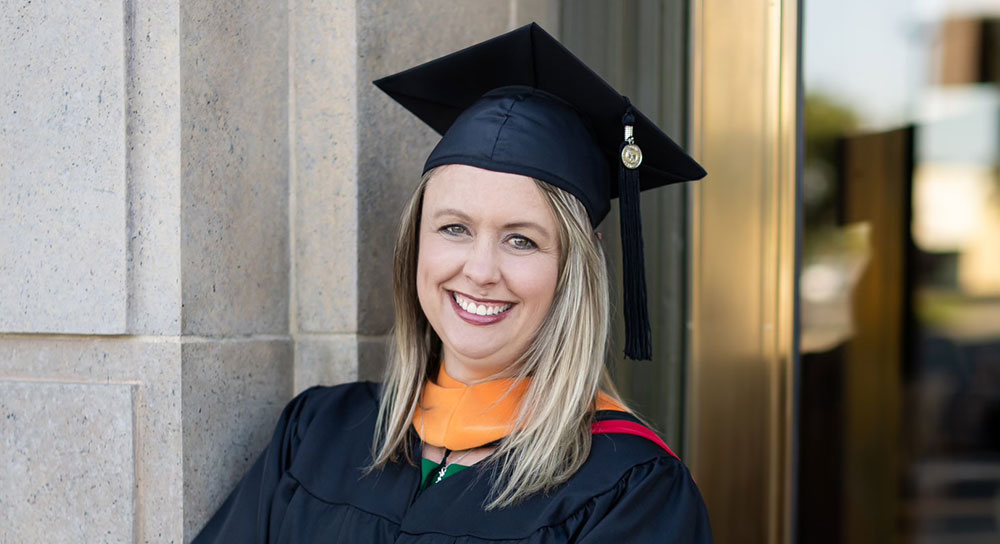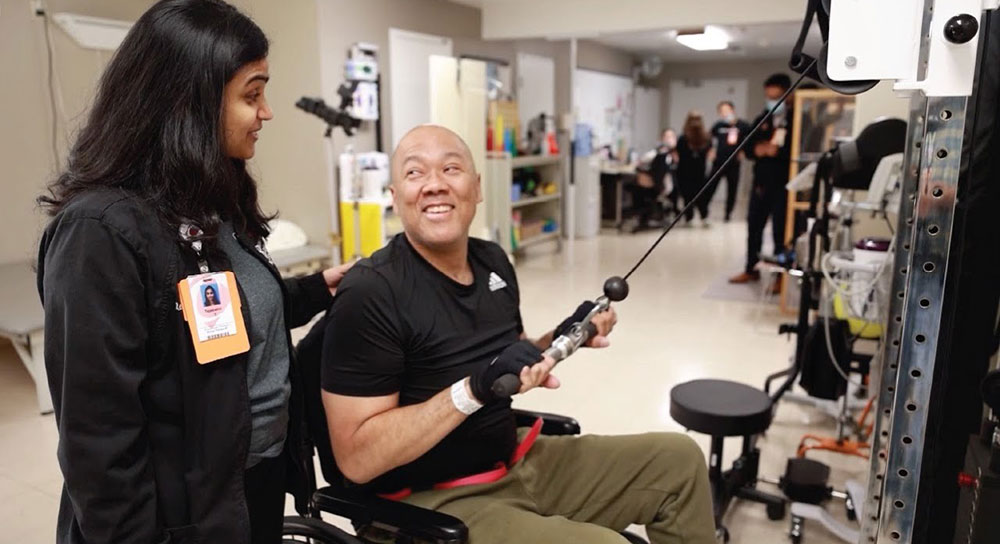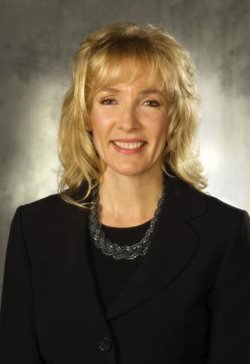 |
| Wanda Holderman, F.A.C.H.E. Chief Clinical Integration Officer Community Medical Centers |
Q. Many people don’t realize you started your healthcare career in nursing. What kind of nursing did you provide?
Wanda Holderman: I worked first as a bedside nurse for 15 years, primarily in critical care. And in those days you had multi-specialty ICUs all in one setting, so I had to be an expert in trauma, cardio-vascular, neuro and pediatrics. On any given day you would walk in and not know what kind of patient you were going to care for. We just did everything, so you really had to be multi-certified. It was really very stimulating and exciting.
Q. How have those early nursing experiences helped in your administrative roles?
WH: I always appreciated having that intimate knowledge of patient care, especially when it came to communicating with our physicians partners as a CEO. We can talk the same language. And I find with staff it’s an immediate connection and not just with nursing, but all levels of staff that touch the patient. Everyone is critical to the patient care team and as a nurse I worked in close collaboration with folks from respiratory, imaging, pharmacy, lab, occupational, physical and speech therapy, social work, and numerous non-direct patient care members.
Q. Were those nursing experiences with Community Medical Centers?
WH: I started my career at Doctor’s Medical Center in Modesto working at the bedside and then in nursing and other administrative leadership. Over time, I became associate administrator over ancillary services. After that I organized business development and recruiting of doctors to meet community needs and writing the business plan for the hospital and finally I moved into the chief operating officer role at Doctor’s Medical Center. In 2005, I moved to Fresno to be the Chief Operating Officer at St. Agnes. It was a lateral move, but I was anxious to transition out of the “for-profit” environment into, in my opinion, a more balanced not-for-profit healthcare environment. Two years later, I came to Fresno Heart & Surgical Hospital as CEO and was able to really help build some world-class programs there with the amazing staff and physicians at that hospital.
Q. What prompted the move from bedside nursing to leadership?
WH: Working at the bedside with patients was very gratifying and satisfying, but I was excited about the opportunity to help create a great environment for people who work at the bedside. I could only impact so much at the bedside. I could influence both the business and the clinical aspects of care in administrative leadership roles. And that’s what was attractive moving into my current clinical integration role – I could broaden that impact and work with all the people who impact patient care.
Q. How would you describe that position of Senior Vice President of Clinical Integration?
WH: Now I’m working to integrate everybody in a patient’s care. As a hospital system we have been so focused on what we do in the hospital and not as focused on the pre- and post-hospital setting. But now we have to completely change and truly become a population health services organization.
Q. How do you shift that mindset and hospital culture from a focus of caring for people expertly, efficiently in a hospital setting to looking at wellness outside the hospital?
WH: We have to work with our physicians partners to really reserve the hospital for the highest level of acuity care. We can provide an intervention when it’s really serious, but pretty much everything else needs to be done in the outpatient arena. We all know the most expensive care is the care provided in a hospital just because of the sheer overhead and fixed costs of running a major medical center. This new way of patient care was driven by the Accountable Care Act, but also at the end of the day it’s the right thing to do for our patients. People would much rather be in their familiar settings with their familiar primary care provider versus a hospital.
Q. Are people understanding that different approach to healthcare?
WH: When I’m talking to people, everyone is shaking their head in acknowledgement, ‘Yes we agree. Yes we understand and we want to be supportive.’ But at the end of the day it’s still change and change is difficult. We also need to be more standardized in the way we deliver care. For instance, People providers are very comfortable with the pharmaceutical products and the equipment they use and we’re asking them to be open to changing. We need to be more evidence-based across the continuum of care while still making sure to do what’s best for each patient. This makes care more efficient, because we know we’re going to get less reimbursement as the government bundles more and more payments or offers capitated payments. We’ll have to figure out how to deliver care on a per-member-per-month basis not a fee-for-service basis. Our new joint venture with Adventist Health is positioning us to do exactly that since they have the clinics and we have the tertiary/quarternary hospital care. I tell people it’s kind of a pre-arranged marriage and we’re figuring out how to share the checkbook.
Q. Does this new population health management approach change nursing much?
WH: I think not only nursing, but everyone, will have to have a little different lens on providing care. At the end of the day we always want to provide the best care for our patient, but we’ll have to think about how we do things more efficiently, in a standardized fashion, to better engage the family and significant others. As soon as a patient is admitted, on day one we’ll have to strategize a discharge plan. And we’ll need all hands on deck – pharmacists helping with medication management, case managers looking at discharge needs, primary care ready to do follow up; and so many others.
Q. What’s the biggest challenge right now as we move to this new healthcare model?
WH: On any given day we have people sitting in our facility who no longer need hospital care and don’t need to be in an acute-care setting but there’s no place to move them into long-term care, subactue, or rehab. I’ve also heard from emergency room doctors who treat patients who don’t need to be admitted to the hospital but they need to be seen in a clinic or have follow up. There’s a shortage of clinics and primary care doctors, so we’re also going to have to think as a healthcare system how do we develop more access with partners. Hopefully if you have patients hardwired in that clinic or primary care setting you can prevent them from coming to the hospital for an emergency visit in the first place. We’re going to have to think innovatively, maybe about health coaches or people who go out to people’s homes on a regular basis to make sure “Mr. Jones” took his pills, weighed himself and kept his fluid levels down, because he has congestive heart failure and we want to help prevent that crisis episode.
Q. And what’s the biggest challenge for nurses and other healthcare providers these days as we pause to honor them during National Nurses and Hospital Week?
WH: Well it’s keeping up with the overwhelming regulatory environment, keeping up with the technology that’s constantly changing, keeping up with the pharmaceutical knowledge that is constantly changing all while trying to provide a compassionate, caring environment and take the time to hold that patient’s hand or speak with them about their concerns while you’re running fast and furious to do all these other things and, oh by the way, document it all in the electronic medical record system.This is the challenge for all our care-giving team. And they all work together, because here at Community we care for some of the most difficult, complicated cases and in a multi-cultural environment.
By Erin Kennedy, Sr. Communications Specialist, Corporate Communications

